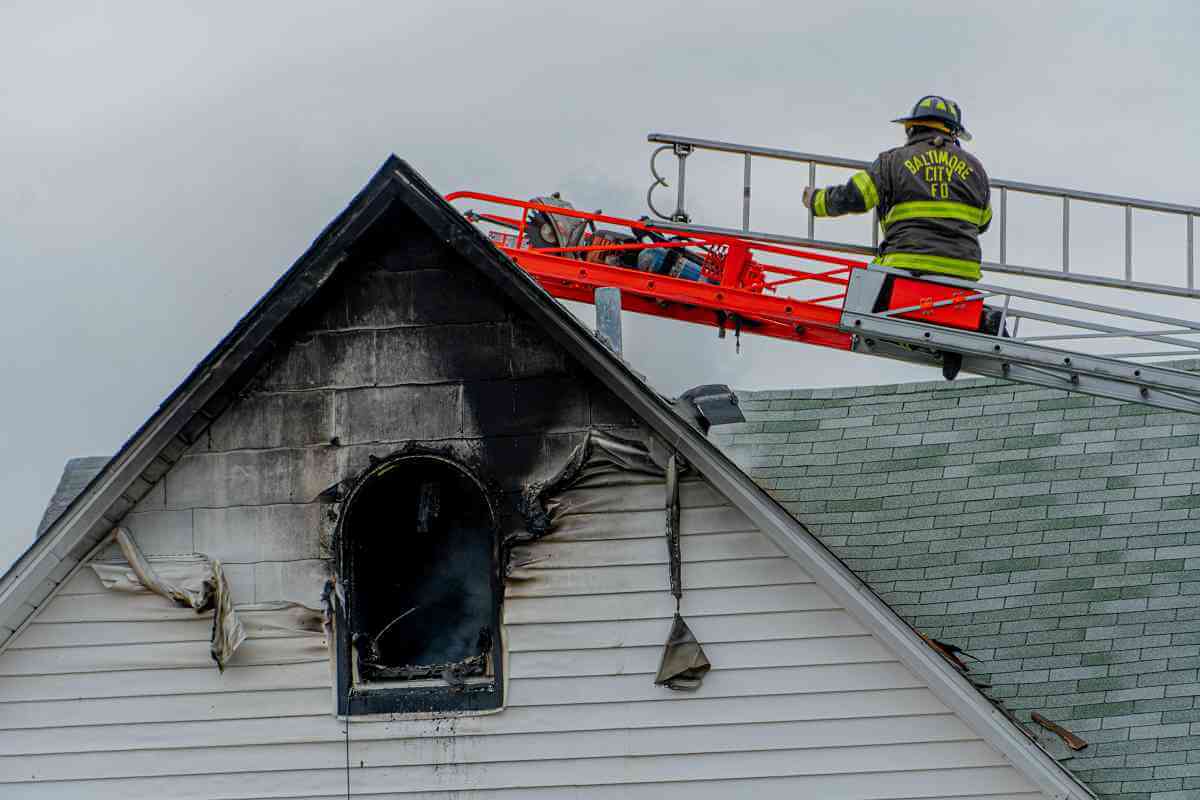Last resort insurance refers to a type of insurance coverage that is available as a safety net for those who are unable to obtain insurance through the standard market due to high risk or other limiting factors, leading to denying coverage for a policy that does not meet the underwriting criteria of traditional insurers. The idea is to ensure that essential insurance coverage is accessible to everyone, regardless of risk profile.
At it's core, last resort insurance is simply basic property coverage. Therefore, these carriers do not provide the same kind of coverage that a standard homeowners insurance policy does. There isn't replacement cost coverage offered, nor coverage for liability, water damage, or theft. It's not very comprehensive, but many carriers are resistant to insuring homeowners who are at high risk of encountering a natural disaster. While this can be frustrating, there are just some risks that are too likely to incur large enough payouts to potentially end in bankruptcy. While non-standard insurance companies will take on riskier policies, that's not always an option, as even many of these companies are limiting the regions they are willing to cover. These riskier properties are ultimately going to cost significantly more to insure, with less comprehensive coverage options.
So, what are the details and how do you know if you qualify? Well, it's typically a combination of a few specifications and restrictions. For starters, in early 2025 the FAIR plan began accepting applications for eligibility review. The policies are based on actual cash value, rather than replacement cost. Their dwelling coverage options have strict limitations for both home and business policies. Residential properties are limited to $750 thousand maximum in property coverage, and $5 million for commercial policies.Something to keep in mind is the difference in claims process, which may be slower or more complex. Limited resources and the narrow policy terms can make rebuilding after a disaster a bit more complicated.
Last resort insurance is exactly that - a last resort. These policies are funded by companies across the state rather than taxpayers, to share the risk. This makes it possible for them to even be capable of offering insurance in these high risk areas. The result being a more balanced system which prevents any one company from taking on the full responsibility in the case of a disaster. With the increase in natural disasters, such as floods and wildfires here in Colorado, have made reliance on this type of policy surge. They are also overseen by state regulation, so as to keep homeowners in high risk areas able to obtain coverage at a fair and reasonable price, while factoring in the risk of a claim being filed. This coverage is offered as a way to promote community stability by helping to prevent mass displacement, as well as economic stability in these higher risk areas. As property insurance is required by most, if not all, lenders, thus enabling homeowners to keep their financing or qualify for a new loan.
While it is a critical resource, last resort insurance is often more expensive and offers less flexible terms than standard market policies, so these programs are ideally temporary solutions, giving policyholders the chance to transition to the standard market as soon as they become eligible. If you have any questions or are looking to insure a high risk policy, please give us a call at 720.335.6872.
